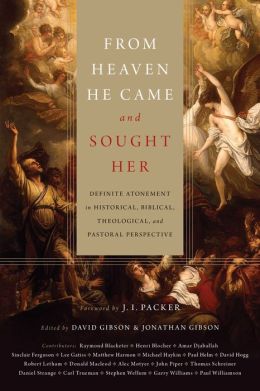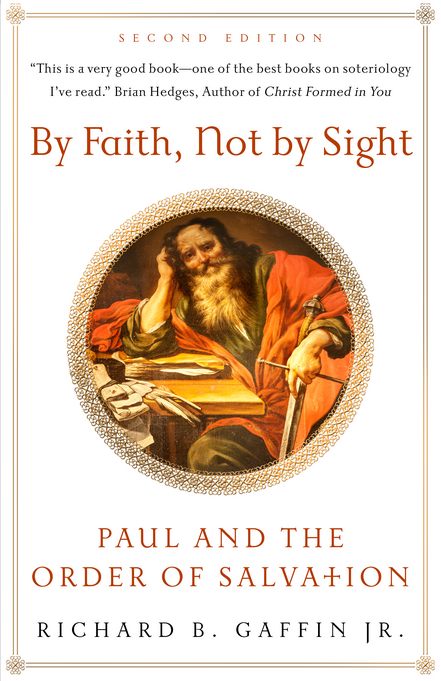 From Heaven He Came and Sought Her
From Heaven He Came and Sought Her
The doctrine of definite atonement (popularly known as limited or particular atonement) is one that evokes strong reactions in many Christians. John Wesley called it horrible blasphemy that presented Christ as “an hypocrite, a deceiver of the people, a man void of common sincerity” and represented God “as more cruel, false, and unjust than the devil!”
David and Jonathan Gibson’s new book, From Heaven He Came and Sought Her: Definite Atonement in Historical, Biblical, Theological, and Pastoral Perspective (Crossway, 2013; 704 pp.) is a collection of essays on the topic that explores all the areas in the subtitle. Contributors include historians Michael Haykin and Carl Trueman, biblical scholars Alec Motyer and Tom Schreiner, theologians Robert Letham and Henri Blocher, and pastors Sinclair Ferguson and John Piper. If you want to explore the case for definite atonement from the best scholars who subscribe to the doctrine, this is the volume to read.

By Faith, Not by Sight, 2nd Ed.
The New Perspective on Paul (NPP) argues that when Paul became a Christian “he did not as the Reformation tradition holds, abandon a religion of personal salvation by works for one of salvation by grace through faith. Rather, he exchanged one understanding and experience of divine grace for another.” The result is that the gospel for Paul, according to NPP proponents, is not about how one gets saved in an individual sense, but rather about broad, corporate, Israel-and-the-nations concerns.
In the new edition of his book By Faith, Not by Sight: Paul and the Order of Salvation, 2nd ed. (P&R, 2013; 110 pp.), Richard Gaffin explores biblical theology and redemptive-historical interpretation, and finds that union with Christ and individual justification by faith through grace are indeed the center of Paul’s theology. For a quick read on the subject of the NPP with a refutation of some of its errant proposals, and a rich and compelling development of Paul’s theology, Gaffin’s book cannot be beat.


Thank you for the review of these two books